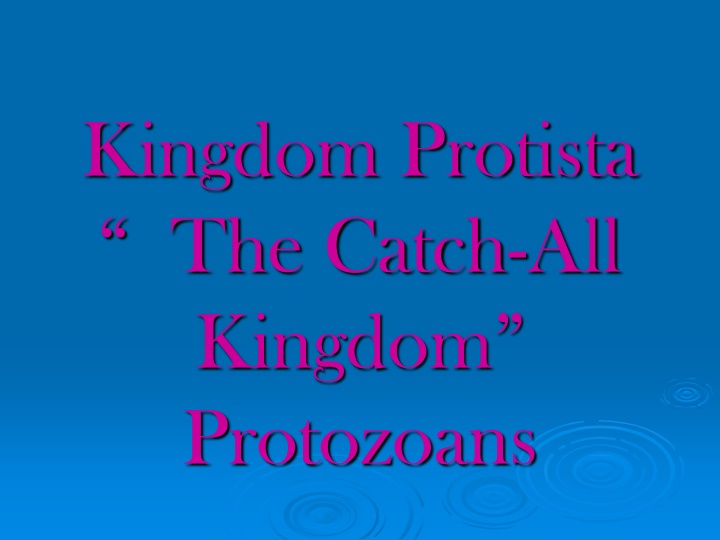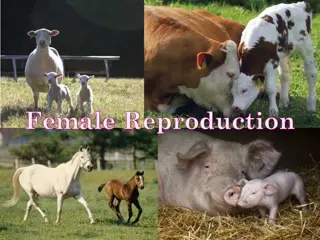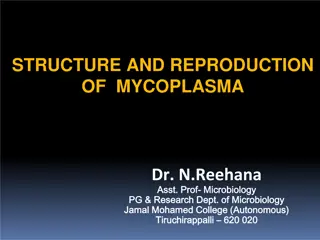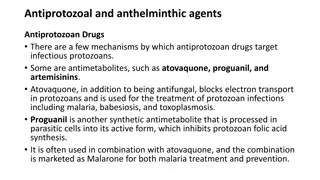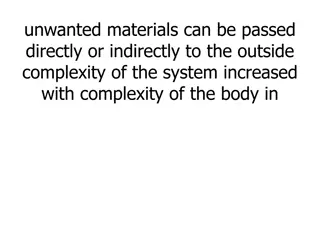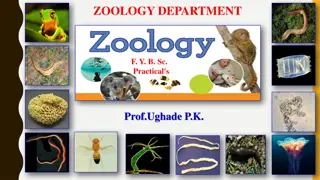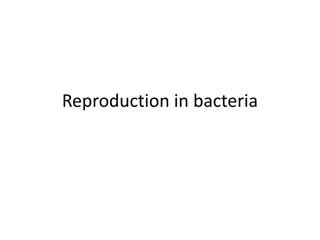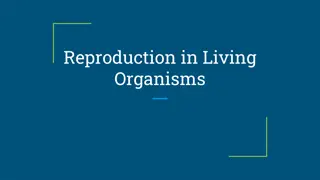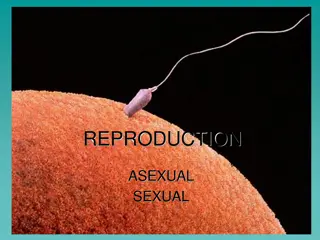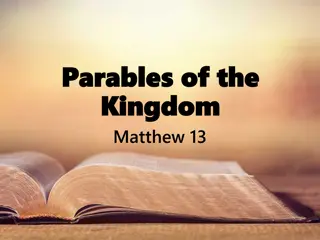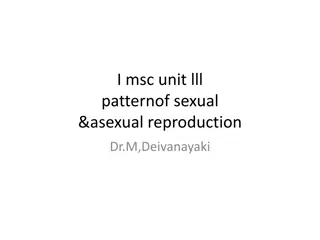Introduction to Kingdom Protozoans: Characteristics, Reproduction, and Evolution
Delve into the fascinating world of Kingdom Protista, specifically focusing on the diverse group of protozoans. Explore their single-celled nature, microscopic features, independent movement mechanisms, and various modes of reproduction. Discover the significance of sexual and asexual reproduction, including binary fission and schizogony. Uncover the classification based on movement and examine the four phyla of protozoans. Learn about adaptations, physiological mechanisms, cyst formation, and the evolution of protozoans from prokaryotes to eukaryotes. Explore the intriguing theory of endosymbiosis and gain insights into different phyla of protozoans such as Sarcodina and Ciliophora.
Download Presentation

Please find below an Image/Link to download the presentation.
The content on the website is provided AS IS for your information and personal use only. It may not be sold, licensed, or shared on other websites without obtaining consent from the author.If you encounter any issues during the download, it is possible that the publisher has removed the file from their server.
You are allowed to download the files provided on this website for personal or commercial use, subject to the condition that they are used lawfully. All files are the property of their respective owners.
The content on the website is provided AS IS for your information and personal use only. It may not be sold, licensed, or shared on other websites without obtaining consent from the author.
E N D
Presentation Transcript
Kingdom Protista The Catch-All Kingdom Protozoans
Characteristics Single celled Microscopic Move independently named for mechanism of movement 65,000 species Most heterotrophic Free-living or parasitic All capable of asexual reproduction through binary or multiple fission Some reproduce sexually through conjugation
Asexual reproduction Binary fission
Schizogony Asexual reproduction in multiple fission, as in Malaria
Classification Currently based on HOW they MOVE Reviewing this by looking at phylogeny
4 Phyla of Protozoans Sarcodina Ciliophora Zoomastigina Sporozoa
Adaptations Physiological mechanisms, like eyespots Form cysts Multiple nuclei
Evolution of Protista Prokaryotes 3.5 billion years ago Eukaryotes 1.5 billion years ago Protozoan thought to be descendents of first eukaryotes Endosymbiotic Theory
Sarcodina 40,000 species Amoebas Pseudopodia most move Cytoplasmic streaming Eat other protists Ecological roles: forams tests made from caco3 sink to bottom and make limestone and chalk deposits Radiolaria t4ests made form sio2 Cause diseases like amebic dysentary
Phylum Ciliophora 8,000 species Move using cilia Pellicle, oral groove, gullet, macronucleus, micronucleus Paramecium
Phylum Zoomastigina 2,500 species Move using flagella Most free-living Cause disease zooflagellates African trypanosomiasis sleeping sickness tsetse fly Chagas Disease kissing bug Leishmaniasis sand fly giardiasis
Phylum Sporozoa 6,000 species Carried in blood Cause disease like toxoplasmosis and malaria Know malaria cycle!!!!
This powerpoint was kindly donated to www.worldofteaching.com http://www.worldofteaching.com is home to over a thousand powerpoints submitted by teachers. This is a completely free site and requires no registration. Please visit and I hope it will help in your teaching.
